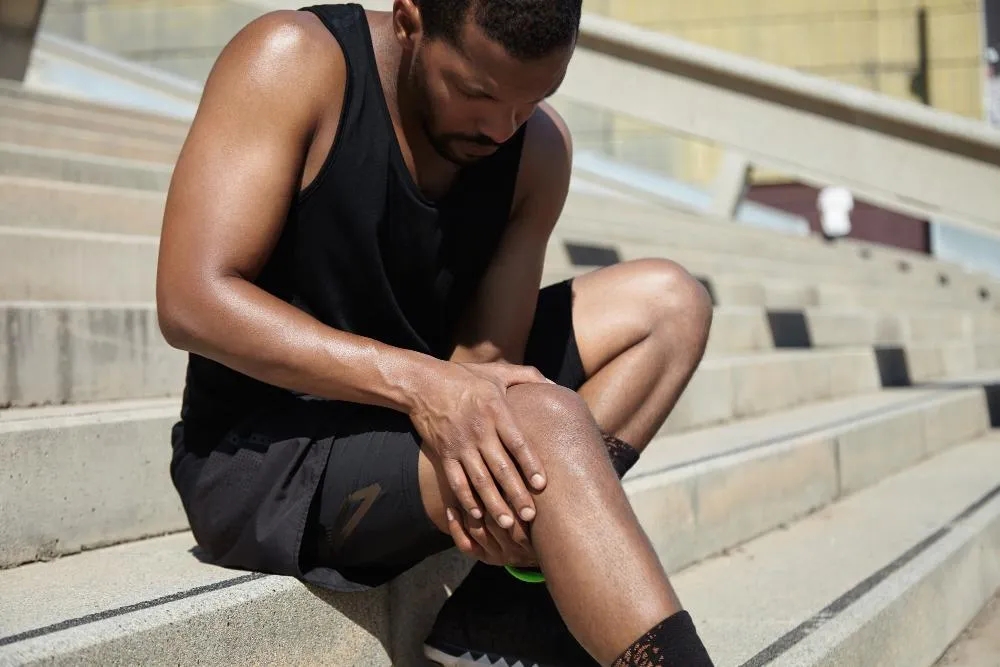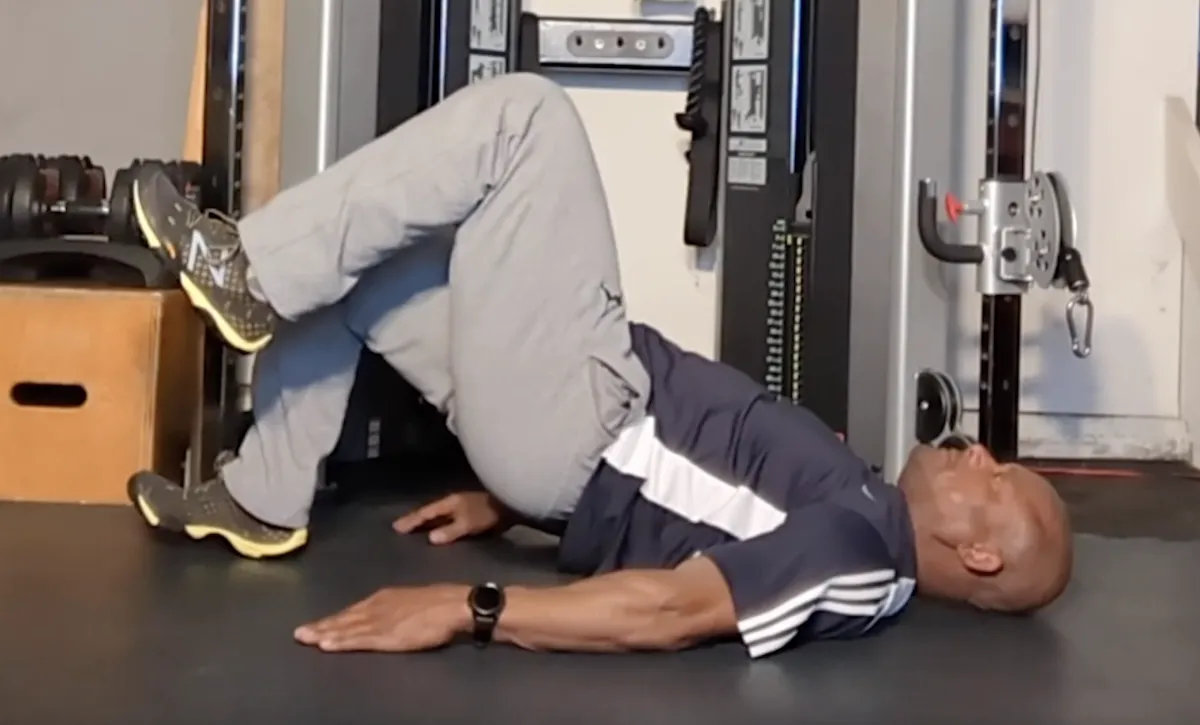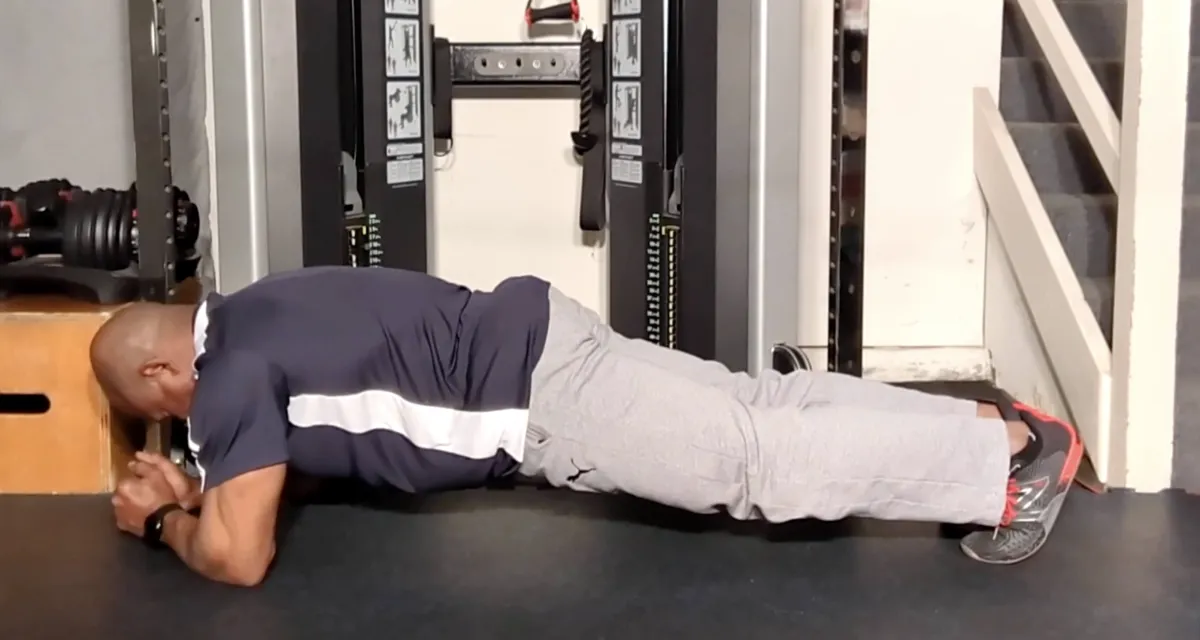
RESOURCES

Why Your Knees Hurt When You Run -- and What to Do About It
Running is one of the simplest and most effective ways to stay fit, but for many people, it comes with an unwanted side effect—knee pain. If you find yourself wincing after a run, you’re not alone. Knee pain while running is often caused by a combination of poor mechanics, improper preparation, weak muscles, or even the wrong footwear.
Fortunately with the right approach, you can reduce or even eliminate knee pain, making your runs more enjoyable and pain-free.
Let’s break down the key reasons your knees hurt when you run and how to fix them.

1. Poor Running Mechanics
The way you run can significantly impact your knees. If your running form isn’t efficient, it can create excessive stress on your joints. Some common mistakes include:
Overstriding – Extending your foot too far in front of you increases the impact on your knees.
Heel Striking – Landing heavily on your heels can send shockwaves up your legs, putting pressure on your knees.
Inward Knee Collapse – Weak hip muscles can cause your knees to cave inward while running, increasing stress on the joint.
✅ Fix It:
Aim for a midfoot strike rather than landing on your heels.
Keep your steps short and quick to reduce impact.
Engage your core and glutes to maintain proper alignment.

2. Wearing the Wrong Footwear
Your shoes play a crucial role in how your body absorbs impact. Wearing the wrong type—or old, worn-out shoes—can throw off your biomechanics and contribute to knee pain.
Lack of arch support – Flat shoes or those with poor support can cause instability, leading to excess knee stress.
Worn-out cushioning – Running shoes lose their shock absorption over time, leading to harder impacts on your joints.
The wrong type of shoe for your gait – Everyone runs differently; some people need neutral shoes, while others require extra stability.
✅ Fix It:
Get fitted for the right running shoes at a specialty store.
Replace running shoes every 300–500 miles.
Consider using orthotics if you have flat feet or high arches.
3. Skipping a Proper Warm-Up
Jumping straight into a run without warming up is one of the biggest mistakes runners make. Cold, stiff muscles don’t absorb impact as well, leading to increased strain on the knees.
✅ Fix It:
Start with 5–10 minutes of dynamic stretching (e.g., leg swings, walking lunges).
Do a few warm-up drills like high knees, butt kicks, or skipping to activate your muscles.
Begin your run at a slower pace before gradually increasing speed.

4. Lack of Strength Training
Your knees rely on surrounding muscles—like your quads, hamstrings, glutes, and calves—for support. If these muscles are weak, your knees will take on more impact than they should.
✅ Fix It:
Incorporate resistance training 2–3 times per week, focusing on:
Glute bridges and clamshells for hip stability
Squats and lunges for quadriceps and hamstring strength
Calf raises for ankle support
Single-leg exercises help improve balance and control, reducing strain on the knees.

5. Ignoring Mobility Work and Recovery
Tight muscles around your knees can lead to pain, as they pull on the joint and limit proper movement. Runners often neglect recovery methods like stretching, foam rolling, and self-massage.
✅ Fix It:
Foam roll your quads, IT band, hamstrings, and calves before and after running.
Stretch hip flexors, glutes, and hamstrings to improve mobility.
Use a massage gun or lacrosse ball to release tight spots.
6. Not Cooling Down Properly
Just as a good warm-up is essential, skipping the cool-down can cause stiffness and lingering soreness in your knees.
✅ Fix It:
After your run, walk for 5–10 minutes to bring your heart rate down gradually.
Follow up with static stretching, focusing on the legs and hips.

7. Running on Hard or Uneven Surfaces
Running on concrete or uneven terrain can increase the impact on your knees and lead to pain.
✅ Fix It:
Try running on softer surfaces like grass, trails, or a treadmill.
If you must run on concrete, ensure your shoes provide ample cushioning.
8. Doing Too Much, Too Soon
If you’ve recently increased your mileage, speed, or intensity too quickly, your knees might not be ready for the added stress.
✅ Fix It:
Follow the 10% rule—increase mileage by no more than 10% per week.
Incorporate rest days to allow for proper recovery.
Knee pain while running isn’t something you have to live with. By improving your running mechanics, wearing the right footwear, incorporating strength training, and prioritizing recovery, you can protect your knees and continue running pain-free. If knee pain persists despite these adjustments, consider seeing a professional to assess your gait and address any underlying issues.
Your knees are built to move—take care of them, and they’ll take care of you!
Move Better. Feel Better. Live Better!
Sheila Mann's Testimonial
Sheila Mann doing Suspension Strap Push-ups on an elevated Single Leg.
Just another Saturday Workout Part 2
Spray Tan Fitness
Dreams or Goals
Intro to Self-Myofascial Release
Self Massage using the Energy F X Tube (Upper Body)
Self-Massage for Lower Body using Energy F X Tube (IT Band , Glutes)
Level 3
This is our advance level. In this level you will be asked to increase the challenges to your strength, balance and to some degree, your conditioning. We continue to focus on the major joints of the body (hips, shoulder, and knees) with the added challenge of resistance. This level also includes the added challenge of coordination, as many movements require the integrated movement of both upper and lower body.

Level 4
This is our premium level. In this level you will be asked to significantly challenge your body through increased demands on your functional core strength in movements that will significantly challenge your balance and strength simultaneously. Here we will ask you to begin to optimize your balance, core activation, and improved range of motion in a functional aspect – integrated movement of both upper and lower body, but at a higher level of accountability.

